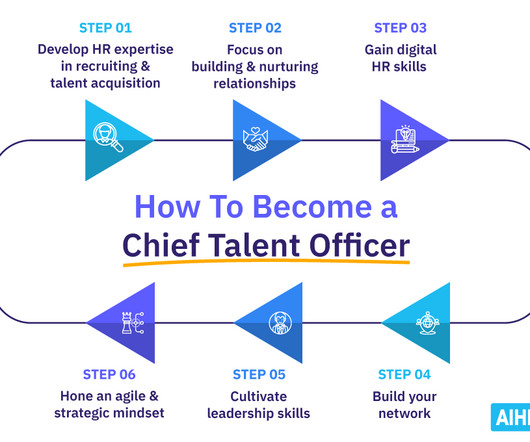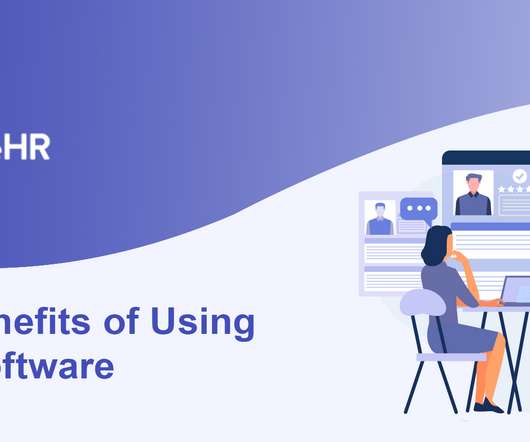How To Craft a Strategic Hiring Plan in 2025
Analytics in HR
DECEMBER 2, 2024
A hiring plan is a detailed strategy that outlines your company’s recruitment needs for a specific period of time, typically one year. This plan helps ensure that your recruitment process is aligned with your company’s growth aspirations so it can meet its staffing needs.











































Let's personalize your content